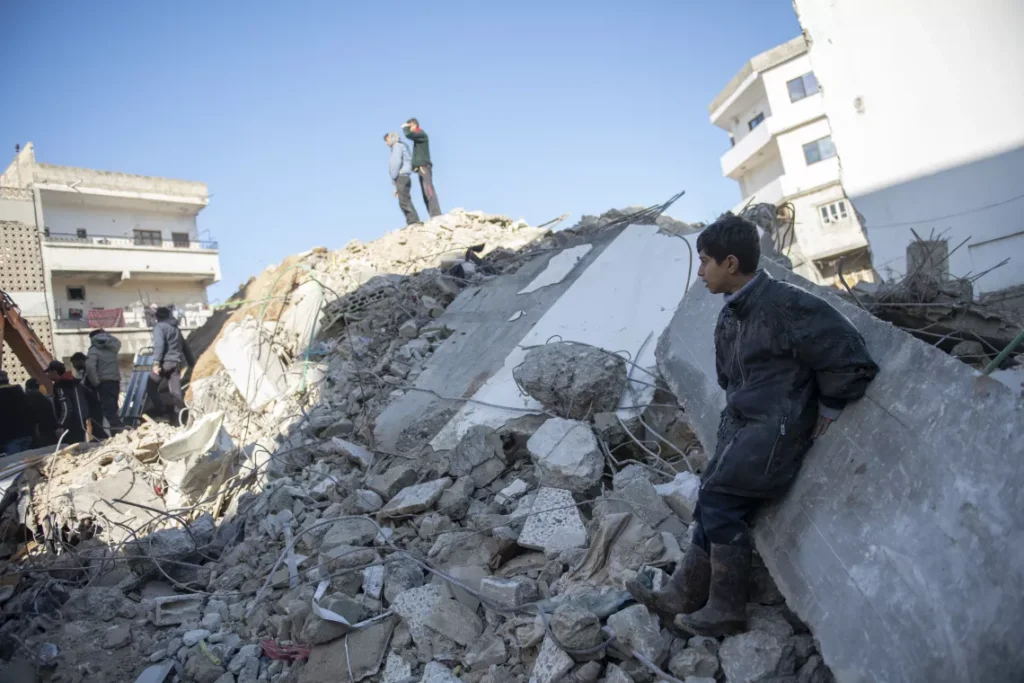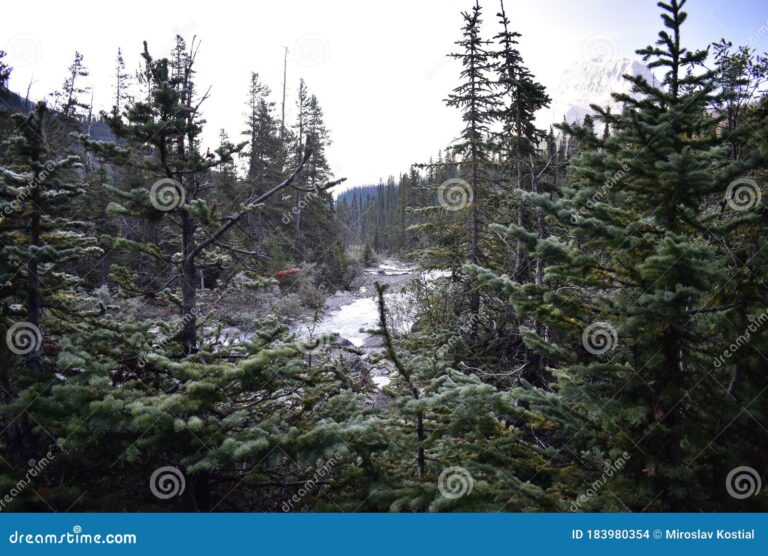
State of Emergency in Santorini: What’s Happening and Why It Matters
If you’ve ever dreamed of visiting a gorgeous island with breathtaking views, beautiful sunsets, and iconic white buildings overlooking the sea, you might be thinking of Santorini. This unique Greek island, famous for its picturesque landscapes and rich history, is currently facing a tough situation. A state of emergency has been declared due to a series of significant earthquakes, the strongest being a 5.2 magnitude tremor. Let’s dive deeper into what’s happening in Santorini, why earthquakes occur, and what it means for both residents and tourists.
Understanding the Situation
On the evening of an ordinary day, around 11,000 residents and tourists found themselves in a scary situation when the ground suddenly shook beneath their feet. This wasn’t just a small tremor; it was a strong earthquake that raised alarms across the island. To keep everyone safe, the Greek government declared a state of emergency that will last until March 3. This allows them to respond quickly to any ongoing seismic activity and to ensure the safety of all who are living on or visiting the island.
The earthquake was part of a series of tremors that have been shaking Santorini lately. These quakes might seem scary, but it’s important to understand that they’re part of the natural geological activity in this region. Santorini is located on active tectonic boundaries where the Earth’s plates meet. This means that earthquakes are relatively common, and while they can be destructive, not all lead to major damage or disasters.
The quick response of authorities demonstrates their concern for public safety. They have organized additional flights to help evacuate anyone who wishes to leave the island, although high winds have temporarily prevented ferry services from operating efficiently. Evacuating people when there’s a risk of more quakes is crucial, especially when you consider how packed Santorini can get with tourists during peak travel seasons.
Why Do Earthquakes Happen?
Before we explore more about Santorini, let’s take a moment to understand why earthquakes occur in the first place. The Earth’s outer layer, known as the crust, is made up of several large pieces called tectonic plates. These plates are constantly moving, but they move slowly – about as fast as your fingernails grow! Sometimes they bump into each other, slide past one another, or pull apart. When these plates interact, they can create a lot of tension.
When the stress from this tension becomes too great, the plates can suddenly shift, releasing energy in the form of seismic waves. This release of energy is what we feel as an earthquake. The strength of an earthquake is usually measured on the Richter scale, which gives us a number indicating the quake’s magnitude. In this case, the 5.2 magnitude quake in Santorini was strong – enough to tremble the ground and send people into a state of panic.
Historical Background: Lessons from the Past
While Santorini is known for its stunning beauty, its history is also marked by natural disasters. The island has experienced earthquakes throughout its existence, with one of the most devastating tremors hitting in 1956. This earthquake caused significant destruction and changed the landscape of the island and its communities. Prime Minister Kyriakos Mitsotakis mentioned this event to remind everyone of the potential dangers associated with living in such a seismically active area.
It’s essential for the local community and visitors to be prepared for such natural disasters. Residents have lived with the threat of earthquakes for generations and often know how to respond during these situations. Awareness and readiness can go a long way in minimizing damage and ensuring everyone’s safety.
The Impact on Residents and Tourists
The state of emergency hasn’t just been a logistical challenge; it has affected the daily lives of residents and the experiences of tourists. For many individuals who come to Santorini to enjoy what the island has to offer – its beaches, cuisine, and historical sites – the mood has changed. It’s not easy to relax when you’re worrying about tremors and safety.
For the residents, daily life had to take on a new routine with frequent check-ins with authorities. Businesses that depend on tourism may also feel the economic impact as some tourists hesitate to travel during this period of uncertainty. Local shops and restaurants are some of the lifelines of the Santorini economy, and they will need support as the situation unfolds.
However, the resilience of both the local community and the visitors is notable. Many tourists have chosen to stick around and enjoy the island while being safely informed about any developments. After all, the beautiful vistas and delicious local food aren’t going anywhere. More than that, the spirit of people coming together during challenging times often shines brightest. There’s been a sense of solidarity among locals and tourists, proving that community support can make a big difference – whether amidst an emergency or not.
Preparing for the Future: What Can We Learn?
While the current situation is serious, it’s also a valuable opportunity for everyone to learn about earthquake preparedness. It reminds us that nature can be unpredictable, and we should always have a plan. Here are some tips for being prepared in case you ever find yourself in an area prone to earthquakes:
- Know How to Drop, Cover, and Hold On: In the event of an earthquake, drop down to your hands and knees, take cover under sturdy furniture like a table, and hold on until the shaking stops.
- Stay Informed: Keep updated with local news and authorities’ announcements. Knowing the latest information can help keep you safe.
- Have an Emergency Kit: Whether at home or traveling, having a kit with essential supplies (water, non-perishable food, flashlight, first aid supplies) is crucial.
- Practice Makes Perfect: Conduct earthquake drills so that everyone knows what to do if an earthquake strikes. Familiarity can increase safety during real events.
- Stay Connected: Communicate with friends and family about your plans and safety measures. It’s helpful to have a point of contact who knows where you are.
Final Thoughts
As Santorini navigates this challenging time, it reminds us of the importance of community, preparedness, and resilience. While we are all drawn to the beauty of places like Santorini, it’s also essential to remember that nature can throw us curveballs.
So, what do you think? Have you ever experienced an earthquake or found yourself in a situation where you had to deal with nature’s unpredictability? How did you react? Please share your stories or thoughts in the comments below! Your experiences may inspire others to be more prepared and to understand the strength of community during tough times.






